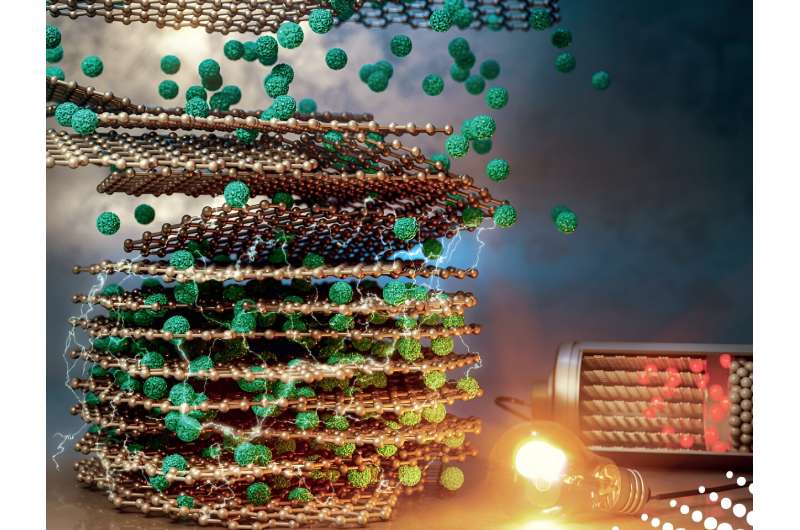You can try and define human beings in many different ways, and yet nothing would seem more fitting than to do so by talking about their unwavering pledge to progression. This willingness to get better, …
You can try and define human beings in many different ways, and yet nothing would seem more fitting than to do so by talking about their unwavering pledge to progression. This willingness to get better, no matter the situation, has brought the world some huge milestones, with technology emerging as quite a major member of the group. The reason why we hold technology in such a high regard is, by and large, predicated upon its skill-set, which guided us towards a reality that nobody could have ever imagined otherwise. Nevertheless, if we look beyond the surface for one hot second, it will become abundantly clear how the whole runner was also very much inspired from the way we applied those skills across a real world environment. The latter component, in fact, did a lot to give the creation a spectrum-wide presence, and as a result, initiate a full-blown tech revolution. Of course, this revolution eventually went on to scale up the human experience through some outright unique avenues, but even after achieving a feat so notable, technology will somehow continue to bring forth the right goods. The same has turned more and more evident in recent times, and assuming one new discovery ends up with the desired impact, it will only put that trend on a higher pedestal moving forward.
The researching team at Pennsylvania State University has successfully developed a new fabrication method, which is designed to conceive more efficient batteries, batteries that will be able to hold energy for much longer periods than what we see as usual right now According to certain reports, the researchers went about their pursuit by manufacturing more compact electrodes and battery cells, while simultaneously bringing a higher percentage of active components and lower percentage of passive components. Now, we have already seen attempts to leverage better electrodes to improve battery performance, but they all focused on only one metric. This wasn’t exactly an effective approach because the battery would then perform poorly on other trade-off metrics. Fortunately, the discovery in question solves that problem big time. However, despite having suppressed the metric limitation, the researchers still faced a massive problem. You see, a thicker battery, alongside the ability to store and release greater amount of energy, also suffers from a relatively worse charge transport system, something which degrades its overall performance. In a bid to remedy the stated challenge, the team applied Spark Plasma Sintering (SPS) to electrodes. In case you aren’t aware, SPS is an energy-efficient technique that uses heat and pressure to compact and densify materials into a solid object, such as an electrode.
“SPS enabled us to fabricate a very thick and dense electrode,” said Hongtao Sun. an assistant professor of industrial and manufacturing engineering at Penn State, and the co-corresponding author of the study, “The typical thickness of the battery electrode is only about 50 microns to 100 microns but now, in this work, we are talking about 300 microns, 500 microns. That is five times higher than the proportion of mass of the electrode in a real battery device.”
Basically, the technique would birth these vertically aligned carbon networks and pore channels in the electrodes so to let cathodes with high electrode density achieve high volumetric performance, and the ones with high mass loading (amount of active material present) realize high areal metric performance. Given the focus on efficiency, SPS also brought to the table rapid charge transports.
For the immediate future, though, the plan is to produce these electrodes in a way which can be considered as scalable. Apart from that, the team will also study other strategies that might have some potential when it comes to decreasing proportion of battery weight, and therefore, create more battery space in the vehicle.
“We are looking into how to develop structural batteries and how to integrate them into the structure of the vehicle,” Sun said. “For example, we could integrate the battery into the roof of the electrical car, actually making it part of the structure. In that case, we can dramatically decrease the weight of the vehicle since we are combining function and structure.”




